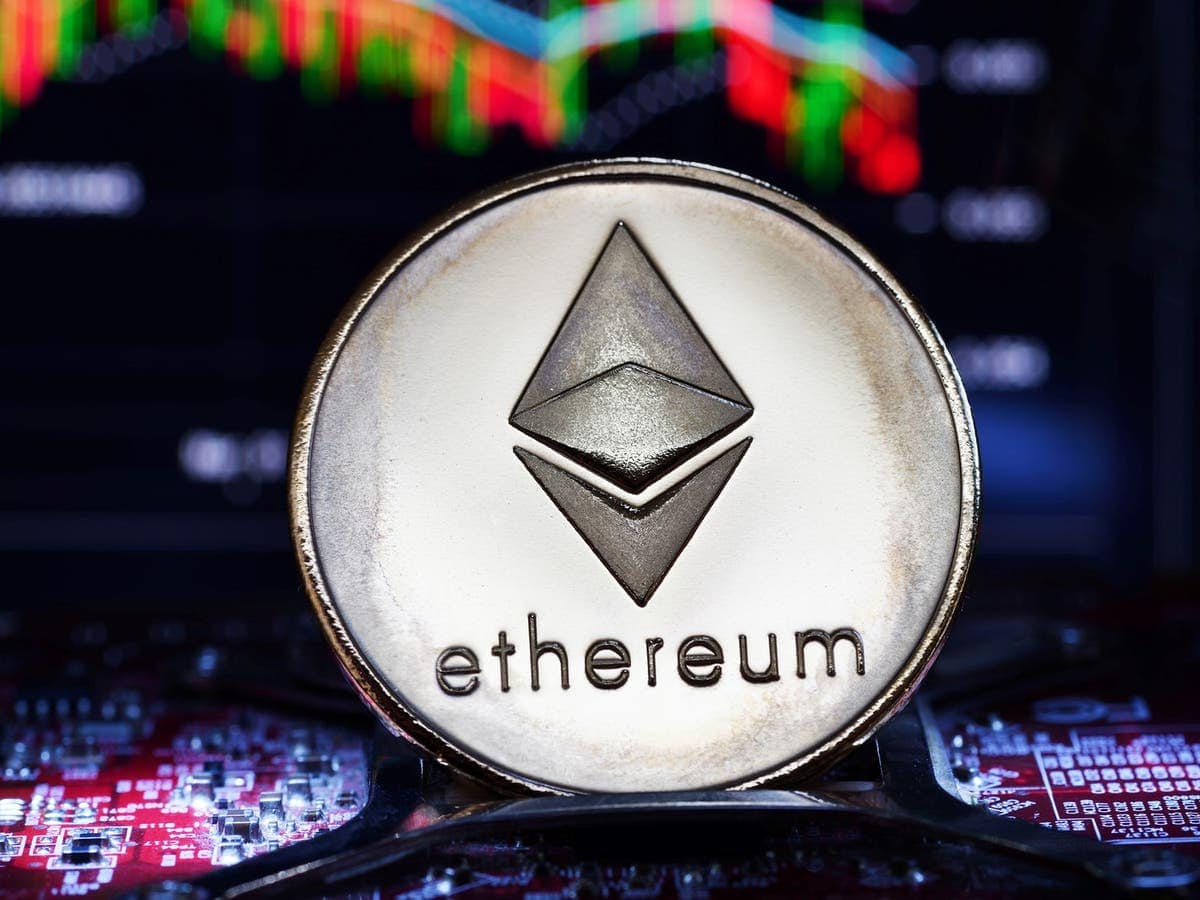The Polygon project, formerly known as Matic, is on a roll. For many weeks now, it has been taking advantage of the significant transaction costs on the Ethereum network to make a place in the sun. To the point of competing in the long term with Ethereum? Is it just a transitory phenomenon while waiting for Ethereum 2.0 or a more marked long-term trend? These are the questions we will try to answer.
Polygon’s growth is such that the use of its network is now higher than the use of the Ethereum network or the Binance Smart Chain. Data that focuses on daily transaction volume. At the end of May, the data showed over 7 million daily transactions on the network. This is more than 7 times more than Ethereum (1 million transactions). The Binance Smart Chain, on the other hand, recorded about 5 million transactions every day.
But the explanation of Polygon’s rise can be found in several points. First of all, a functional and extremely efficient protocol but not only. For several months, the Ethereum network has been largely handicapped by the very high transaction fees. Users are therefore eagerly awaiting the deployment of Ethereum 2.0. On the side of the Binance Smart Chain, the serial hacks contribute to deport a part of the users towards alternative solutions: Polygon in first place.
Polygon has also benefited from the migration of Aave to its sidechain, which has contributed to a strong increase in the number of daily transactions. Of the more than 10 billion deposited on Polygon, nearly 80% are directly related to the Aave project.
The project shows a strong upward momentum since the beginning of the year. With a token which is currently exchanged against 1,15 € at the time of writing these lines. Remember that at the beginning of the year, a token was exchanged for a little less than 2 cents of euro. The project has since exploded. With a bullish and linear trend until the middle of March. The consolidation phase of the project was finally a phase of stagnation. If on March 12th the token is quoted against 0,43 €, it will maintain its course close to 0,40 € until the end of April. Before starting a second bullish phase. On May 18, a token was listed for more than €2.20 on the various exchanges.
It is difficult to estimate in which proportions this increase is due to the project itself or to the rise of the cryptocurrencies market during the first quarter. In any case, like a huge majority of projects, the second part of May was a time of consolidation for the MATIC token. So has the price of other cryptocurrencies like Bitcoin.
In any case, the future outlook for Polygon seems to be bright.


